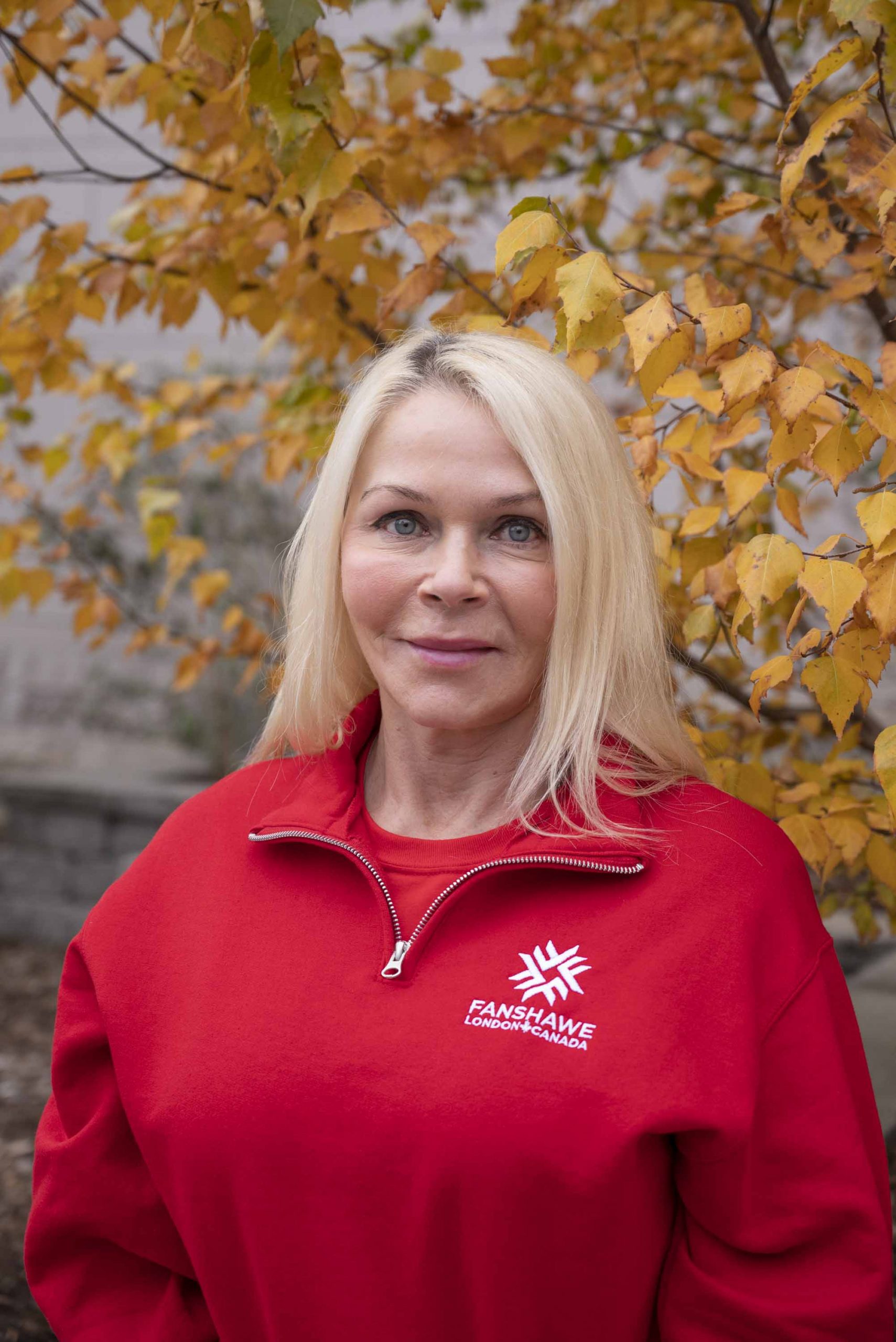Michele Halle-Shook
Role: Instructional Design

Describe your first introduction to the concept of OER? How has your understanding of Open Pedagogy changed by being part of a team advancing OER support?
My first introduction to OERs was in 2014 at Athabasca University. Being an online university, many texts used are OERs. In 2017, I attended a conference on distance education. That was the first time I realized OERs impact locally and globally. In 2021, I joined the newly created OER studio as an Instructional Designer. Although I have used OERs before, I had never designed one, nor did I realize the work that goes into the creation process. My knowledge of OERs has increased exponentially since I started at the studio. We work hard to produce quality material that engages the students. We achieve this by incorporating H5P interactives, graphics and creating slide decks for the instructors. Our goal is to provide the faculty and students with a textbook equal to or better than a purchased text. By incorporating OERs into courses, we remove the financial barrier of buying a textbook.
In your OER role in the design studio, describe some of the challenges with creating OER material as you see it?
As I mentioned earlier, I did not know how to create a great OER resource. These past few months, I have learned the importance of ensuring that the material is copyright compliant and accessible and follows the appropriate formatting guidelines. We strive to use and create quality materials that provide equity, diversity, and inclusion for all students as a team. In addition, we know that there are benefits of incorporating OERs for students and faculty. I would love to see the studio continue creating OERs. I am proud to work in the role.
In your role, identify ONE benefit and ONE challenge you experienced in the design/delivery process.
The design and delivery of OERs benefit from the collaboration that goes into the creation process. Our project leader (Shauna) ensures that the OER resource the faculty member may adopt meets our quality assurance checks from a pedagogical, accessibility, and copyright-compliant perspective. In addition, the college has a copyright officer who can ensure that we meet all compliance standards. The overarching principle of an OER is that it is a collaborative process. The challenge that I have faced as an Instructional Designer has been in the design phase. I did not come to the role with a design background. However, as the studio has grown, I have become better at design. When creating the resource, I try to view it as the reader. A designer can incorporate many great tools into the OER to make a beautifully designed book. My goal is to ensure that the OER resources I create are high quality and that I can be confident to deliver to the team, the faculty member, and finally, the student.

